Freyberg:
As we’ve discussed, President Obama wants to make community college tuition free.
President Obama:
By the end of this decade, two in three job openings will require some higher education. Two in three. And yet, we still live in a country where too many bright, striving Americans are priced out of the education they need. It’s not fair to them, and it’s sure not smart for our future. That’s why I am sending this Congress a bold new plan to lower the cost of community college to zero.
Freyberg:
UW-Madison Educational Policy Associate Professor Nancy Kendall was co-author of a paper calling for just that, a free two-year college option. Earlier I asked her reaction to the president’s version of the plan.
Nancy Kendall:
My co-author of the report and I were just ecstatic to see that the president was putting the words “free” and “college” together in a sentence. I think it's something that many people have worked very hard for in this country, and it holds the possibility of really changing life opportunities for many Americans.
Freyberg:
Did the White House kind of swipe your plan, or did you work with the white house on this?
Kendall:
So, Sara actually did work with the White House on this. She was called in to talk with the White House Domestic Policy Council. Her work has really been quite influential, I think, on the national stage over the years at Senate committee hearings, and so forth. I also think I would say that no idea like this is ever swiped. Many people have thought about it over time in different ways. It’s just really exciting to see it coalesce together, for people to come together, and really start discussing it and debating it in ways I do think are pretty new.
Freyberg:
From your research, what happens to a lot of students who struggle to pay tuition, who might be helped with the first two years of community college paid for?
Kendall:
You know, I think the fact is that the US is a land of increasingly difficult opportunity right now for many people and for many families, and what we have seen in a lot of research now and community college and four year college students, is that people struggle to pay tuition. Even more that, they struggle to pay the full cost. College tuition is only about a fifth of the full cost of community college, and those costs can be overwhelming. People take out very high numbers of loans, which we know, but they also take on a lot of extra work hours, and the work itself is often very difficult, difficult hours, precarious work that they have to shift back and forth between a lot of travel time. And a lot of new college students now are parents, so juggling work and loans and children is incredibly difficult for a lot of students.
Freyberg:
So they end up not completing their degrees.
Kendall:
They often end up not completing or it takes them a long time, and they have to accrue additional debt because they have to stop out at times.
Freyberg:
Your plan would redirect existing financial aid that's being given out. But the president's plan seems to kind of make it a straight federal expenditure, with three-quarters of the costs coming from the feds and a quarter of the cost for this coming from the states should they want to participate. Right out of the gate doesn’t that seem it might be a tough sell?
Kendall:
Well, I think any budgeting process is still going to be a tough sell around this right now in the country. And Sara and I have both argued that this is a 10-20 year process, most likely. It’s one where people will have to be patient. Once the idea takes hold, which we think it will, then the devil is in the details and it takes time to get this right and to make sure the policy will really meets people’s needs. But in terms of funding, the president really hasn’t provided kind of full details on the funding process that will happen through the budgeting process, but the money that we would transfer in our plan is federal funding. Right now, it goes into federal financial processes. And theoretically some of the money that he's talking about could come from there. It could also come from other sources. Right now, community colleges are largely funded through the state and through the locality, so it’s possible that under this, it's even likely, that under the president’s plan states and localities would pay less than they currently are.
Freyberg:
What about some of the criticisms of either free tuition plan that you would expand the need for capacity in these schools, because who wouldn’t be knocking down the doors to go to college for free? And that there would certainly be people who could well afford to pay tuition who wouldn’t have to under this. What about those criticisms?
Kendall:
I think those actually point at some slightly different issues. The criticism of, you know, do community colleges have the capacity to handle what could be a huge influx of students, it’s a great question. And it's one that we would have to work with community colleges to really understand. There are many students right now who start but don’t complete, so that points to there being some kind of under utilized capacity potentially in some community colleges. Certainly, however, community colleges would need additional resources to meet additional demand. Our plan, unlike the president's plan, also allows students to use the two years at a four year college or at certain other technical programs, and that might release some of the pressure on just community college.
Freyberg:
What about the one issue of people who can afford to pay getting a free ride?
Kendall:
I would answer that two ways. First of all, research is pretty clear now that many middle class families are really struggling to make ends meet and go to college, so the number of families who need this, as opposed to who, you know, might use it, is actually higher than I think we often expect. But the other point is that, you know, as other people have said, it’s not likely that Bill Gates' children would ever come to a community college because it’s free for two years. People, of course, self-select out. And to use perhaps a bad example, if you had a hamburger that was $10 and then that hamburger was discounted for everyone and went down to $5, and every one could get it for $5, you would have some people who might be able to afford the $10 hamburger, but say, you know, that $5 makes it easier for me, I think I'll go there. Or, that hamburger is really what I want, it has exactly the ingredients I want. But a lot of people who could afford more than a $5 hamburger will actually say, you know, I want the $10 hamburger and they might make that decision for many different reasons. But those other programs are certainly still out there, and we assume would meet the needs of many students who could otherwise move into community colleges but choose not to.
Freyberg:
Nancy, thanks very much.
Kendall:
Thank you.
Search Episodes

Donate to sign up. Activate and sign in to Passport. It's that easy to help PBS Wisconsin serve your community through media that educates, inspires, and entertains.
Make your membership gift today
Only for new users: Activate Passport using your code or email address
Already a member?
Look up my account
Need some help? Go to FAQ or visit PBS Passport Help
Need help accessing PBS Wisconsin anywhere?

Online Access | Platform & Device Access | Cable or Satellite Access | Over-The-Air Access
Visit Access Guide
Need help accessing PBS Wisconsin anywhere?

Visit Our
Live TV Access Guide
Online AccessPlatform & Device Access
Cable or Satellite Access
Over-The-Air Access
Visit Access Guide
 Passport
Passport

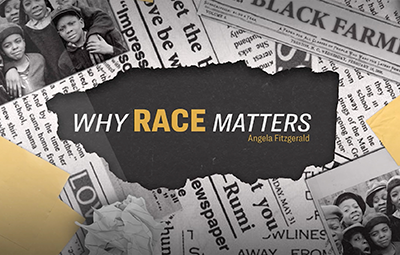



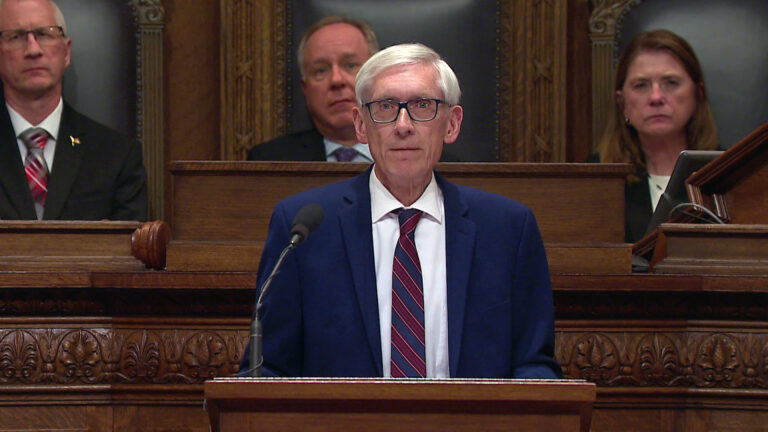

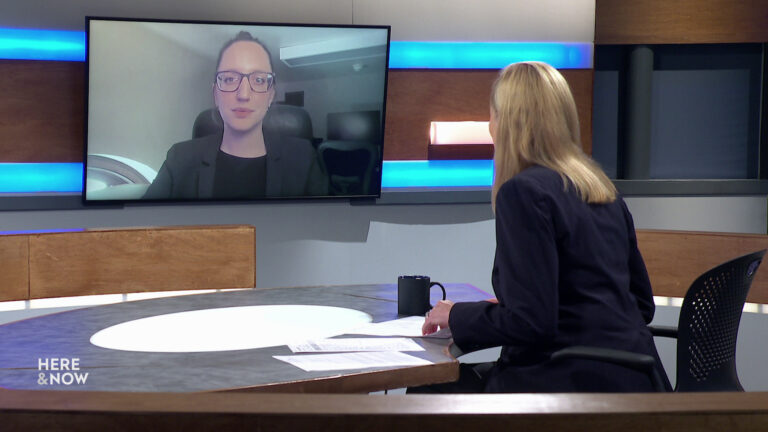

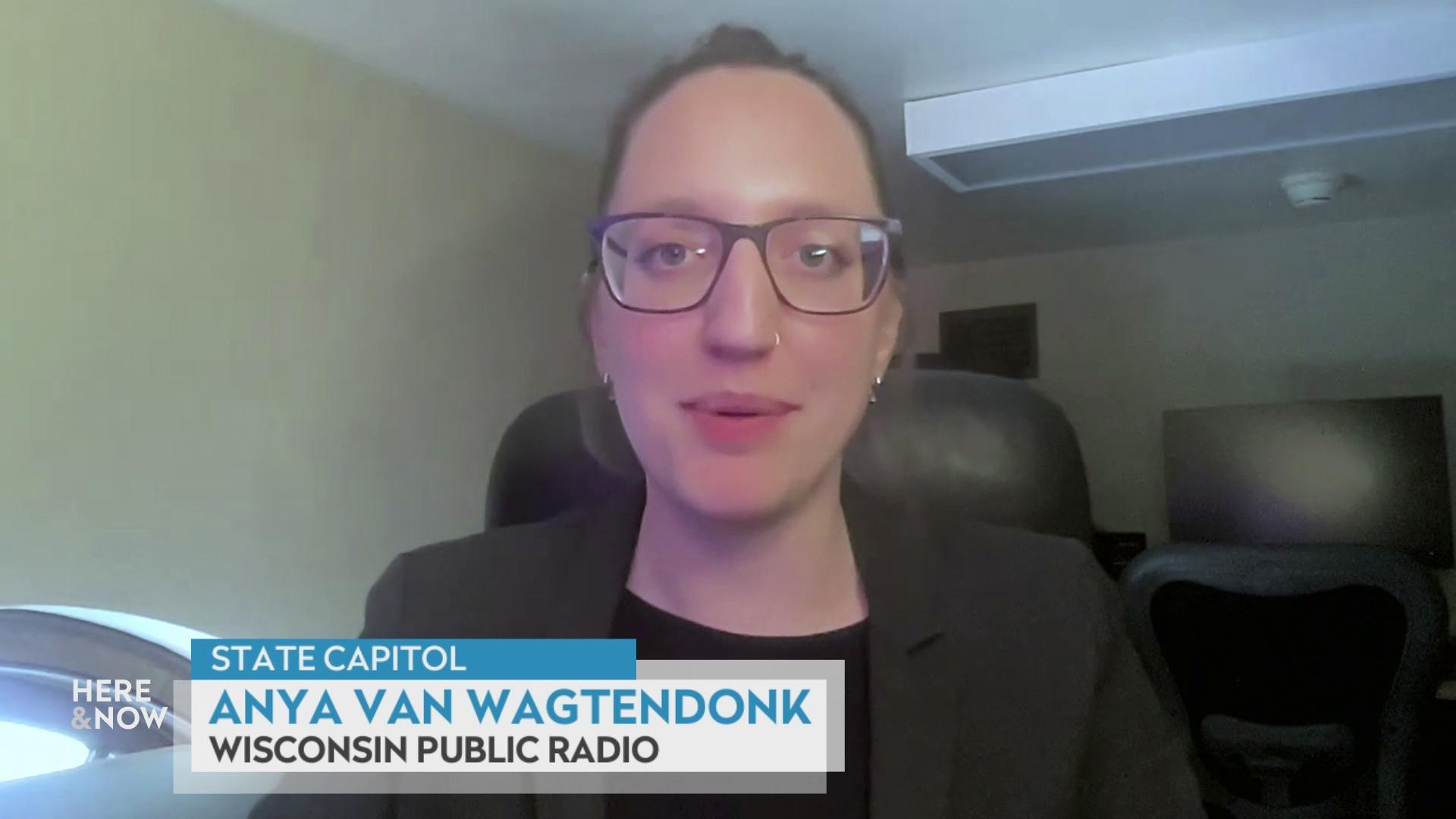
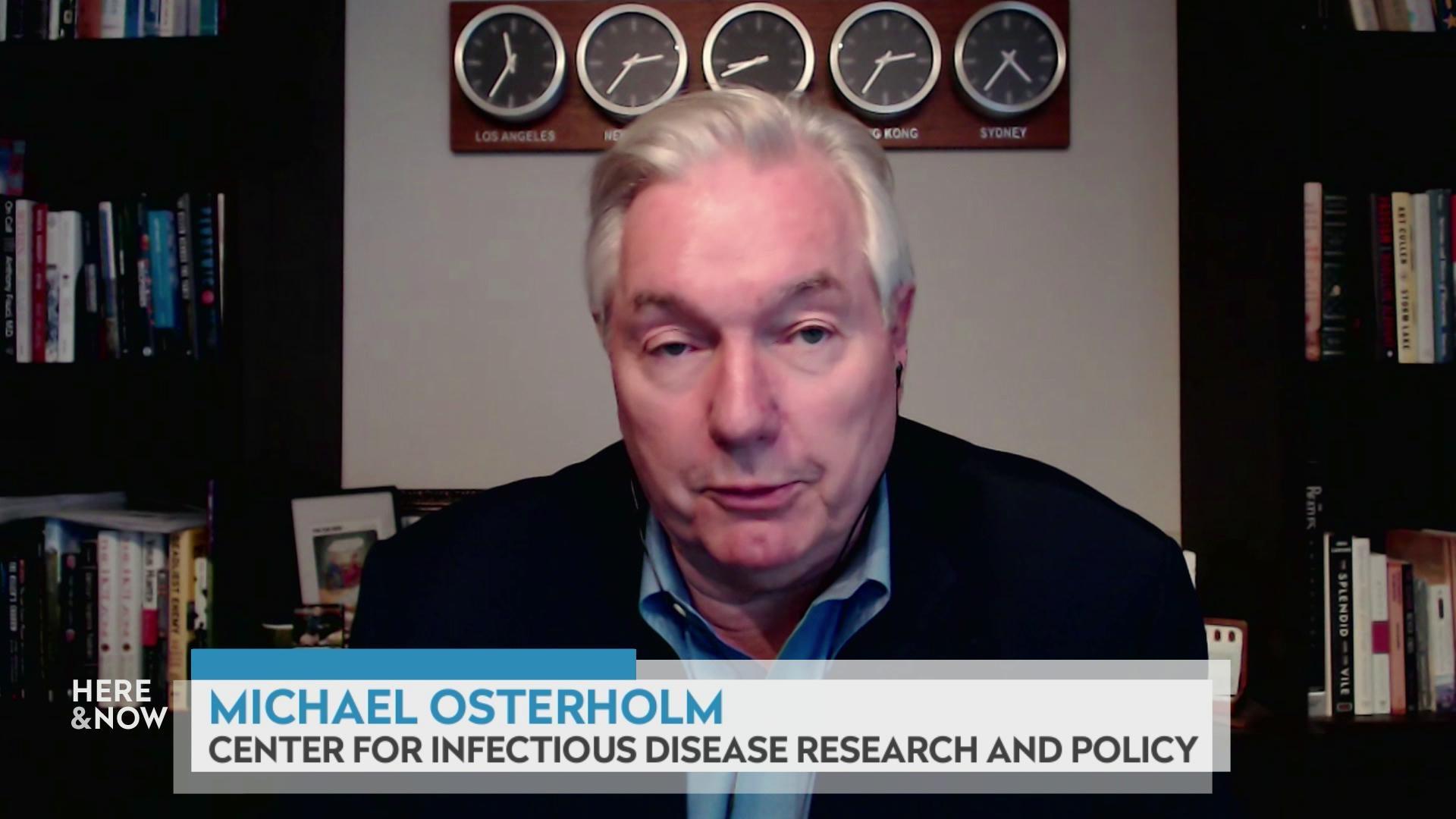

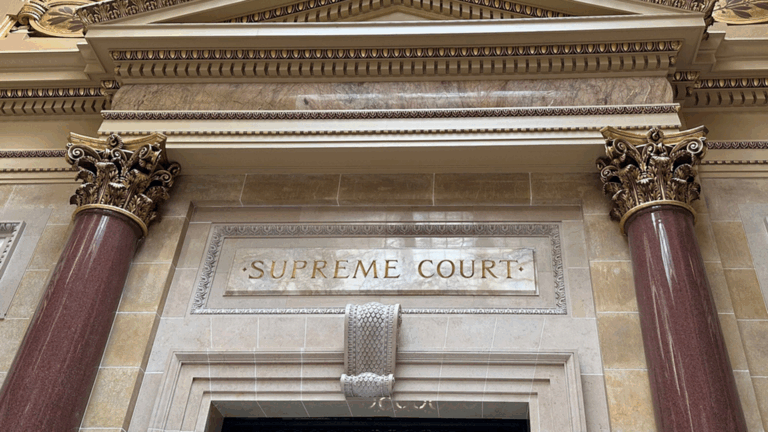
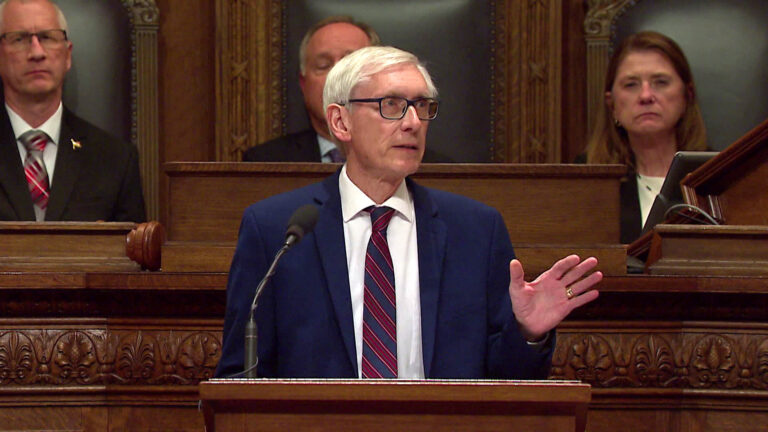
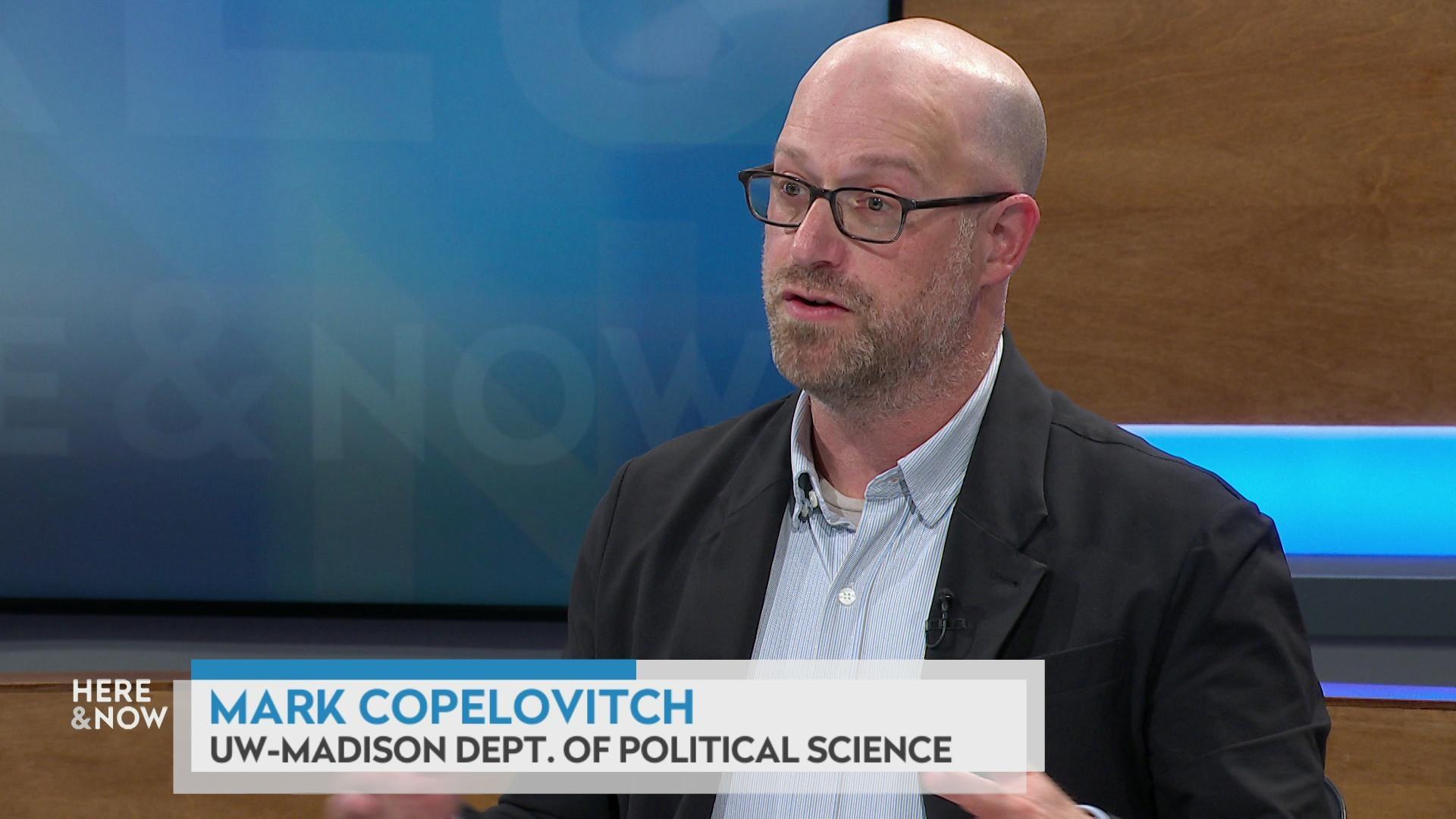
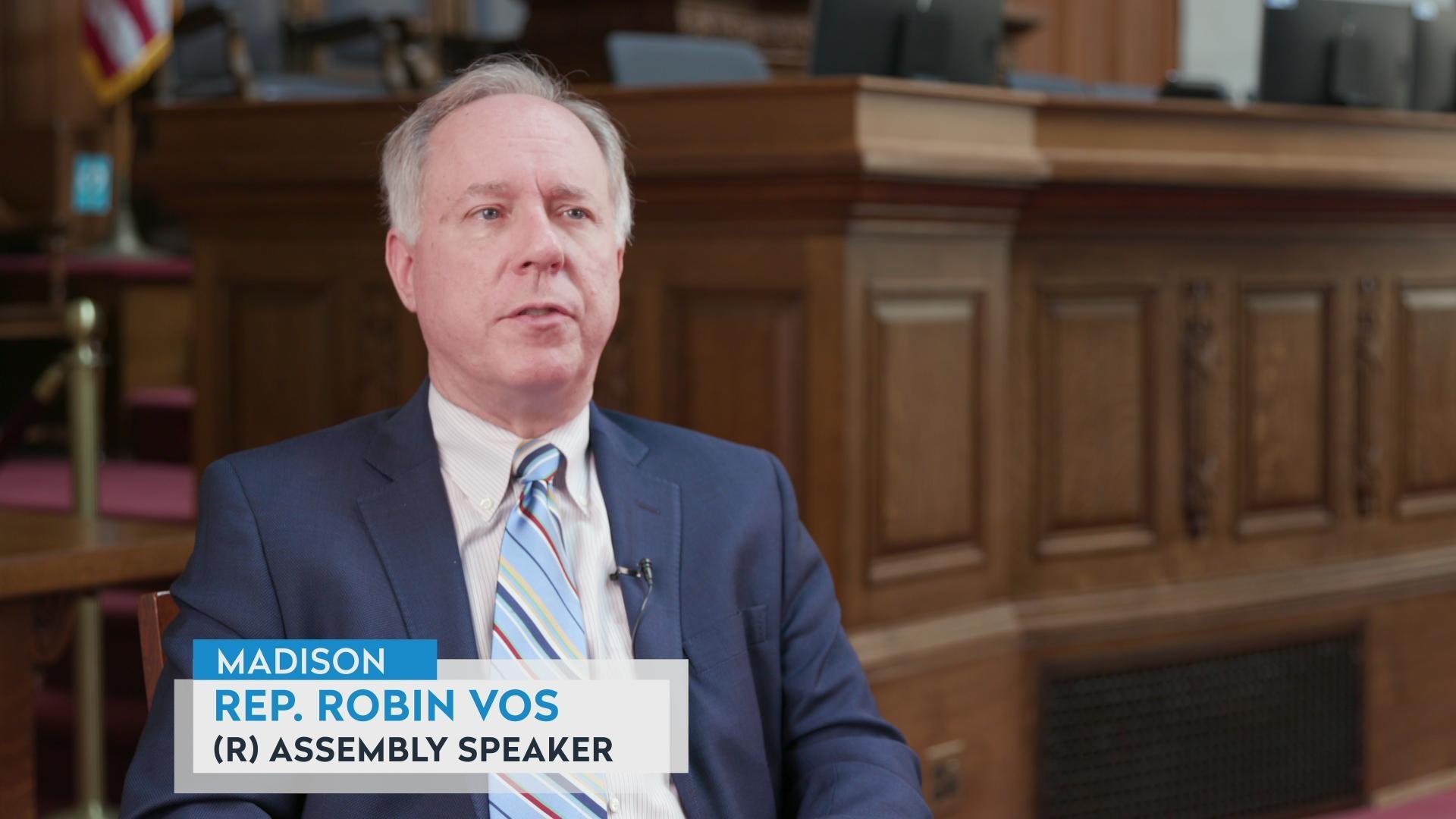
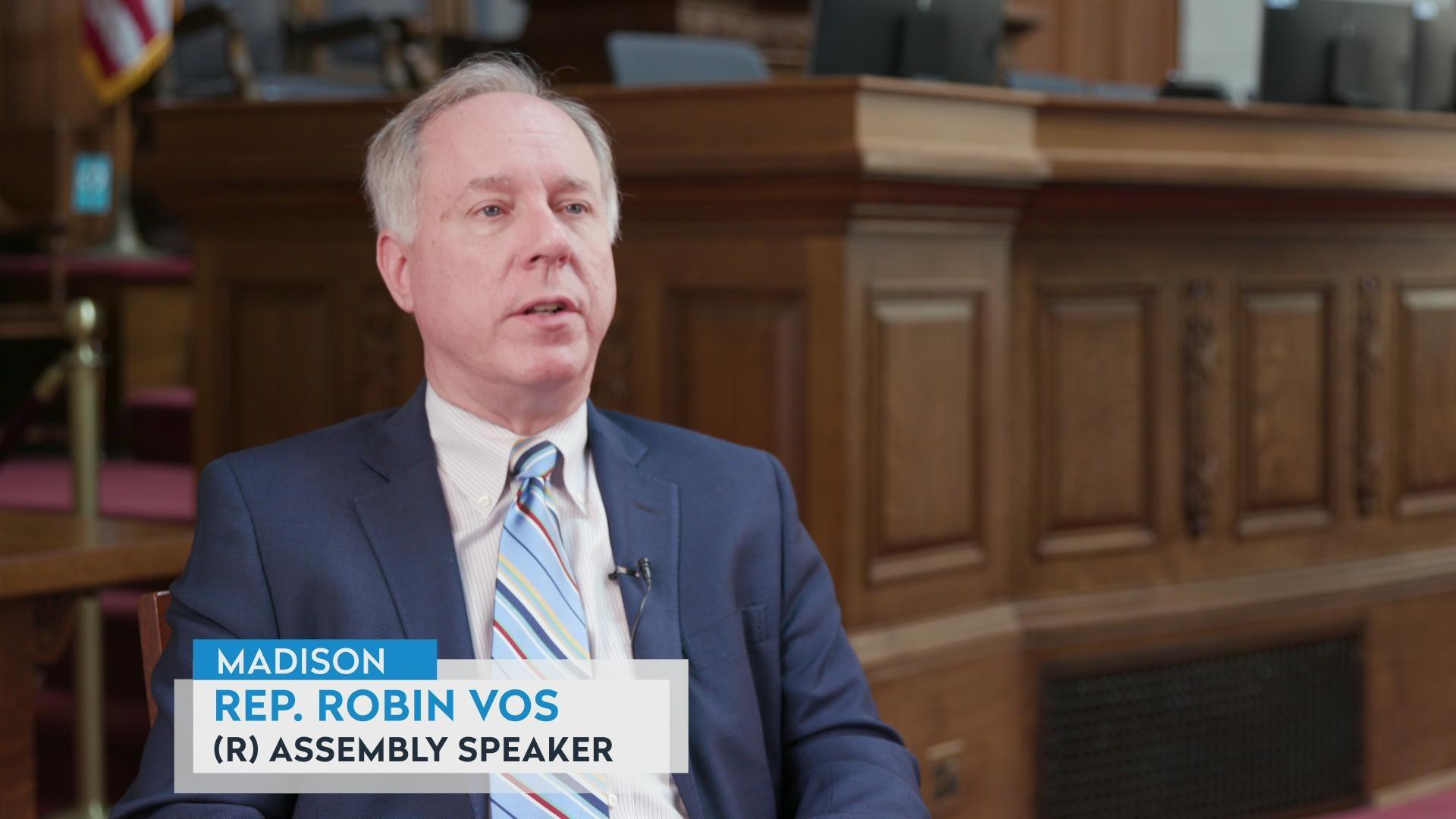

Follow Us